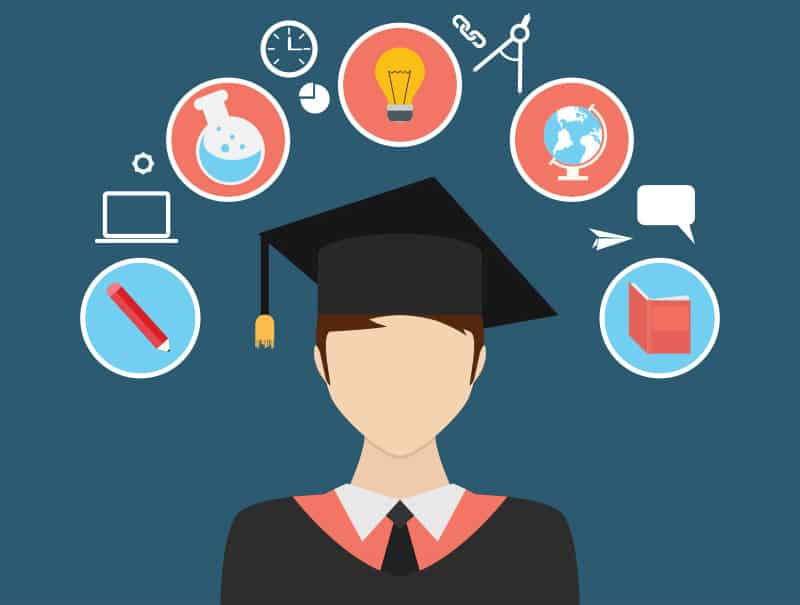The 21st century and scientific advancements in the field of technology have given us personal computers, tablets, smartphones, and the Internet. It’s all you need today to access any piece of information or knowledge you desire.
Besides certain common problems that the Internet has brought, such as reduced attention span and overcrowding with information, there are more positive benefits to it, such as its successful application in education. E-learning has become common practice, for example.
Thanks to the advancements in mobile technology, schools can keep track of their key resources, improve campus safety, and enhance their students’ access to information. The applications of technology and the IoT in educations are various, and we’ve compiled examples to provide a clearer picture of how it can improve learning processes in an educational system
Internet of Things in higher education
The most profound effects of IoT on education start happening in higher education, while IoT can be used by kids as early as kindergarten and throughout 12th grade. However, college students are rapidly moving towards laptops and tablets and away from paper books. Devices that support reading of .pdf and .epub documents have become a standard on their own because they place all necessary information at one’s fingertips.
This allows students to have an almost identical educational experience in the classroom and into their homes, and to learn at their own pace. There are various online services that provide learning materials and notes (students know how invaluable these are). If you’re in Australia, for example, and are about to take a Western Australian Certificate of Education (WACE) test, you can find Wace notes for better preparation through these online services.
This teaching process becomes more efficient for teachers (they also don’t have to perform routine tasks on paper, such as grading tests), while at the same time it increases convenience for students.
Professors can invest more energy to focus on actual instruction, which is of the utmost value to any student. Professors can gather data on their students via cloud-connected devices, figure out which students need more attention and individual work, and adjust lesson plans for future classes thanks to these statistics.
On a larger, university scale, universities can use IoT to monitor their resources, equipment, staff, and students at a much lower operating cost. Their campus security will also be increased because, for instance, connectivity enables students to keep track of connected buses and create their schedules in accordance. This would prevent them from spending unnecessary time outside the campus in areas that are potentially dangerous.
Future of technology in education
A large majority of students use their laptops for educational purposes, while all schools have Internet access. This is a solid foundation for further advancements, and we’re already seeing how IoT is radically transforming our education systems and methodologies used.
Many students want to be allowed to use their smartphones for classroom automation, mostly in tasks they already know how to perform, like research, schedule checking, and taking notes.
From a school’s perspective, the greatest benefits would be reduced operating costs and increased energy efficiency. By using a web-based system that runs mechanical equipment inside school buildings, schools can save more than $100,000 per year.
These schools are called “smart schools”, and investing in them can pay off minimum within 2 years (smart technology can be installed by attaching smart sensors and other devices to older buildings and existing control panels, so no additional specific space is required). Money that’s saved can be invested in buying new smartphones, tablets, computers, and other reusable resources, and not spend thousands of dollars on paper.
In the 20th century, the invention and development of the Internet was a huge discovery that transformed mankind. Whether it’s communication, marketing, news, knowledge, shopping, education, or entertainment – its applications are found everywhere. Students and universities all over the world can benefit, mostly from the relatively low-cost and fast access to it. The information students can find on the Internet helps in learning, better understanding, performing of school projects, removing the age bracket for education, and making knowledge accessible and affordable.






